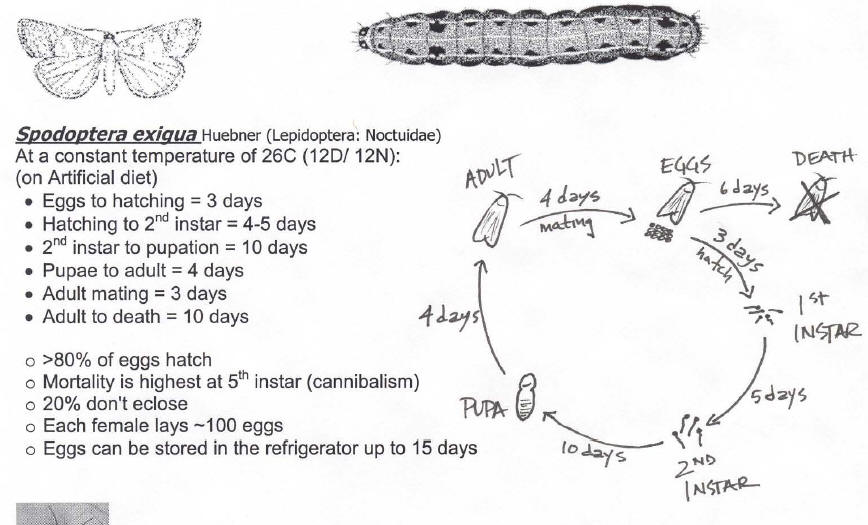
This caterpillar is a generalist meaning it will eat almost anything making them easy to rear. Food eaten at this time is stored and used later as an adult.

What Is the Life Cycle of the Woolly Caterpillar.
What is a caterpillars life cycle. Life Cycle of a Moth Below is the life cycle of the Beet army worm which in adult form is a moth that is commonly used in research work. This caterpillar is a generalist meaning it will eat almost anything making them easy to rear. The caterpillar cycle of molting generally undergoes four to five instars depending on the species of butterfly.
Additionally the caterpillar stages of instars usually last from 10 to 21 days. Life Cycle of a Moth Moths go through a life cycle starting from an egg to being a larva also known as a caterpillar then pupa stage and finally the adult moth. Each step is equally vital in the growth and development process.
There are a lot of important factors involved in every phase of the development of a moth as discussed below. What Is the Life Cycle of the Woolly Caterpillar. A woolly bear caterpillar hatches from an egg spend several months as a larva and then spins a cocoon and pupates.
It finally emerges as a tiger moth. Woolly bear caterpillars hatch from eggs laid by adult female tiger moths. Eggs typically take five to 12 days to hatch.
In teams students utilize their research to create a model of their assigned cycle water cycle rock cycle or photosynthesis and respiration and then leverage that model to teach other groups what they learned in a jigsaw-style activity. After hatching the larvae caterpillars leave the egg mass and climb up and out to the end of a branch or shoot then drop down on a silk strand. Larvae dangle in the air and wait to be blown by the wind a process called ballooning.
The first stage of the life cycle of a butterfly ieEgg usually lasts 3-7 days but this may vary. Caterpillar or Larva The LARVA or CATERPILLAR that hatches from the egg is the SECOND stage of the life cycle of the butterfly. The plural for larva is called LARVAE.
Life Cycle Like all butterflies and moths eastern tent caterpillars undergo complete metamorphosis with four stages. Egg - The female oviposits 200300 eggs in late spring. Larva - Caterpillars develop in just a few weeks but remain quiescent in the egg mass until the following spring when new leaves appear.
How may stages are there in the caterpillar life cycle. There are four stages in the caterpillar and butterfly life cycle. Larva caterpillar pupa chrysalis butterfly.
The next stage is the larva. This is also called a caterpillar if the insect is a butterfly or a moth. The job of the caterpillar is to eat and eat and eat.
As the caterpillar grows it splits its skin and sheds it about 4 or 5 times. Food eaten at this time is stored and used later as an adult. Caterpillars grow rapidly and typically complete their larval development in seven to eight weeks.
When fully grown the caterpillars leave the natal tree and seek protected places on the ground or under the eaves of buildings to spin their cocoons. About two weeks later they emerge as adults. The caterpillars are inactive and isolated feeders.
Like each Moth Luna Moths are the ones that place their eggs on the leaves of the trees on which the caterpillars will feed on. Female luna moths will lay nearly 400-600 eggs during their shorter lifespan. The eggs nurture for a week or two.
Gypsy moth larva take the form of a caterpillar. They hatch in the spring from eggs laid the previous summer. They crawl up trees and out on the limbs and start eating tree leaves.
They start out small but soon grow larger as they eat tree leaves. The caterpillar has very limited and poor sight. When the Woolly Bear caterpillar has consumed enough food and is ready to change into a moth it will form a chrysalis over his body and stay there for three to four weeks before emerging as a moth and completing the life cycle.
There is an old wives tale that says that these caterpillars can tell.